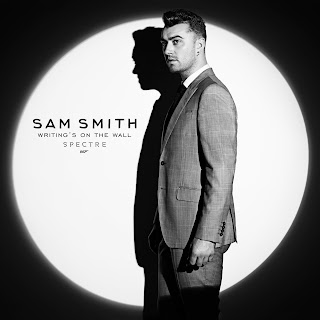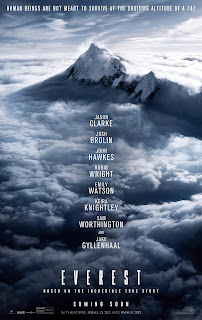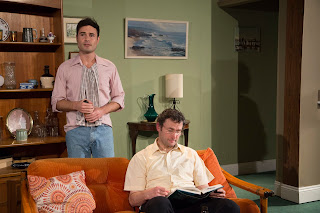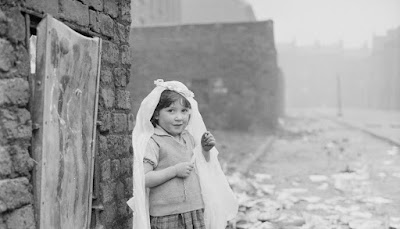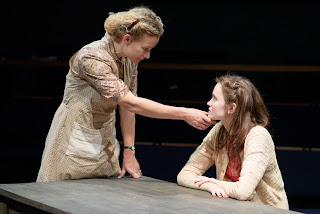It’s difficult to write a review of Showstopper!. After all, as an improvised musical, it is totally different every night. Like Forest Gump and his box of chocolates, you never know what you’re going to get.
That, though, is the beauty of the production. Eight years in the making, after gaining huge popularity touring the UK (at the Edinburgh Fringe especially), the troupe have finally hit the West End for a limited run – the first full-length improvised musical to do so. It is, basically, every West End musical in one, plus a whole lot more.
Where else would you see a musical entitled “Making Sparks”, set in Marks & Spencers in 1883? Where a love triangle forms between founder Mr Marks, cleaner Polly and the Prime Minister? Where characters confess to their feelings in the style of Sondheim, Rent, AC-DC and more? Where the PM is introduced in a sassy Dreamgirls number? And where he eventually falls in love with a packet of Percy Pigs?
That’s what we were treated to on this particular performance. It works like so: settings, musical styles and a title are selected from options pitted by the audience, before the cast of six (and the on-stage band of musicians) must develop character, lines and songs on the spot. More pressure is applied when the action is occasionally paused for further ideas to be thrown into the mix. Surely there are faint structures in place and familiar, vaguely practiced ideas? Still, this is incredible stuff.
The cast are such intelligent, masterful performers. Not only are they quick-witted enough to think up comedy lines and lyrics on the spot, but their knowledge of theatre is so in-depth they can easily flit between styles on the fly with plenty of subtle (and not so subtle) in-jokes. This is both pastiche and parody all at once, with droll links to current affairs (from cast and audience alike) thrown in for good measure. Even if the cast aren’t always the strongest singers, they more than make up for it with comic timing, creative ideas and a sense of camaraderie that proves they are utterly in sync with one another. This is legitimately the funniest show on the West End with limitless entertainment value.
That the improvising genuinely results in a credible narrative too is testament to the skill and quick-thinking of the cast and band. And if there’s one way to judge a musical, it’s by the strength of its songs and infectious melodies – the walk-out-of-the-theatre-humming-the-tunes factor. Considering three days later I still can’t get “he’s coming, he’s coming, he’s coming to Marks and Spencer” (Dreamgirls style) or theme song “What fun! What larks! We are making sparks!” out of my head, I’d say Showstopper! is an almighty hit.
5/5
Watch: Showstopper! runs at the Apollo Theatre until 29th November.



